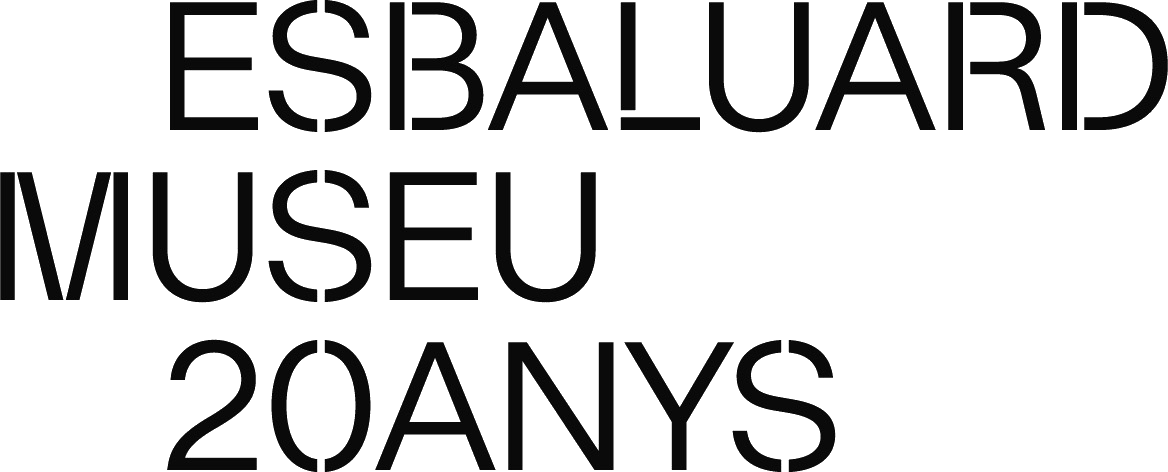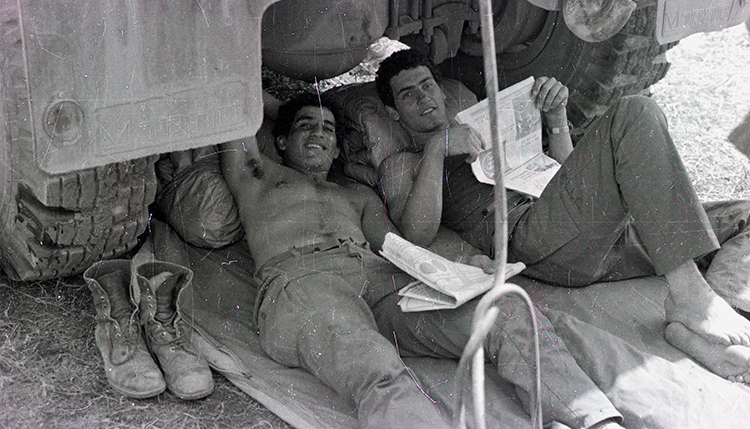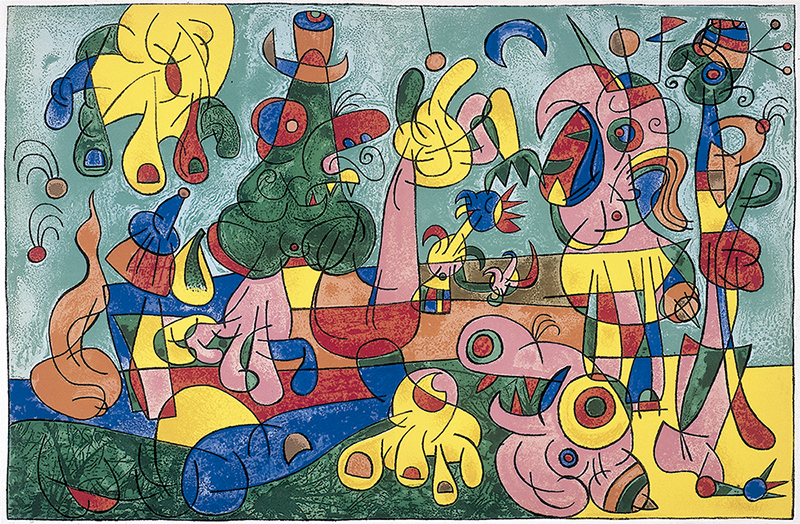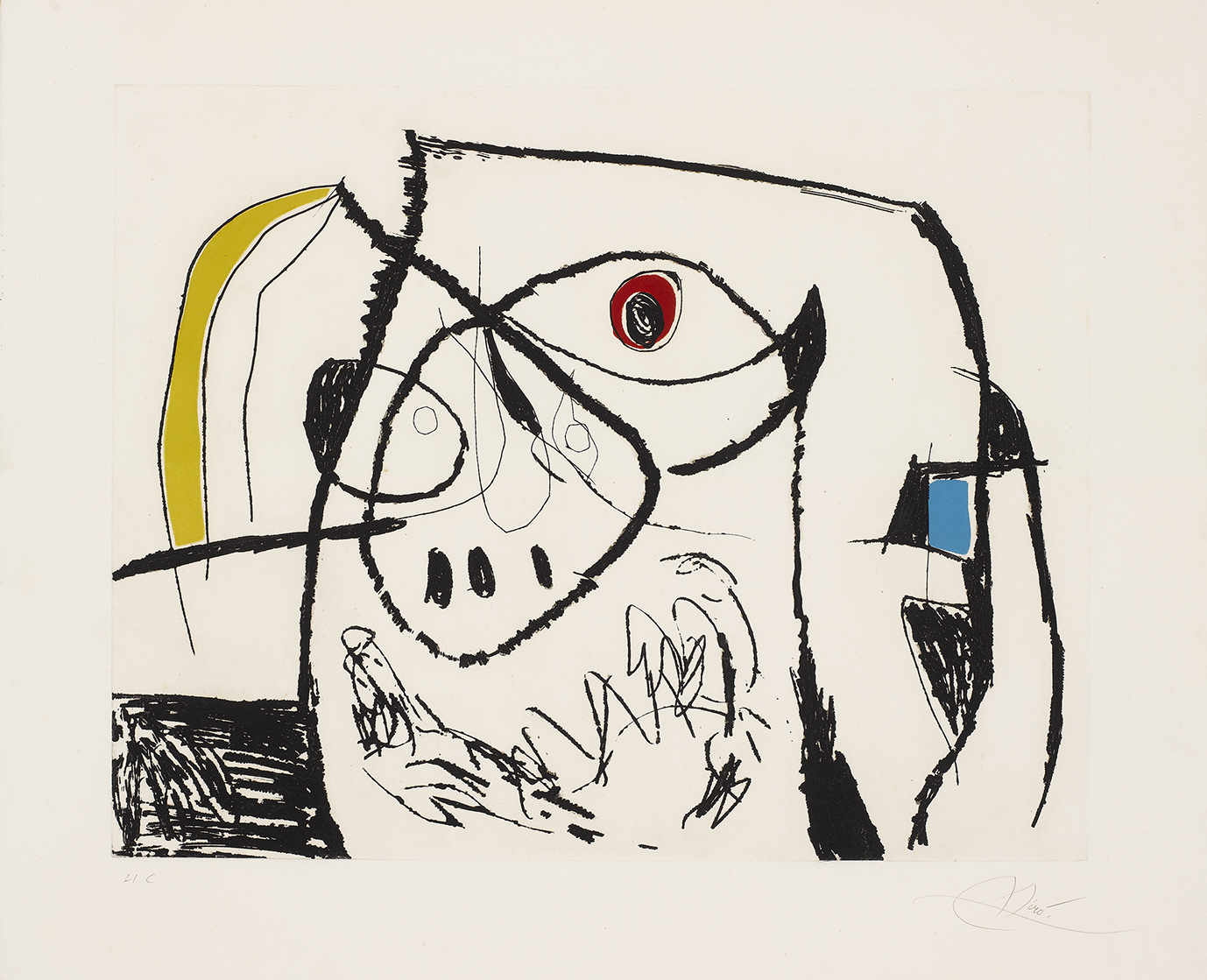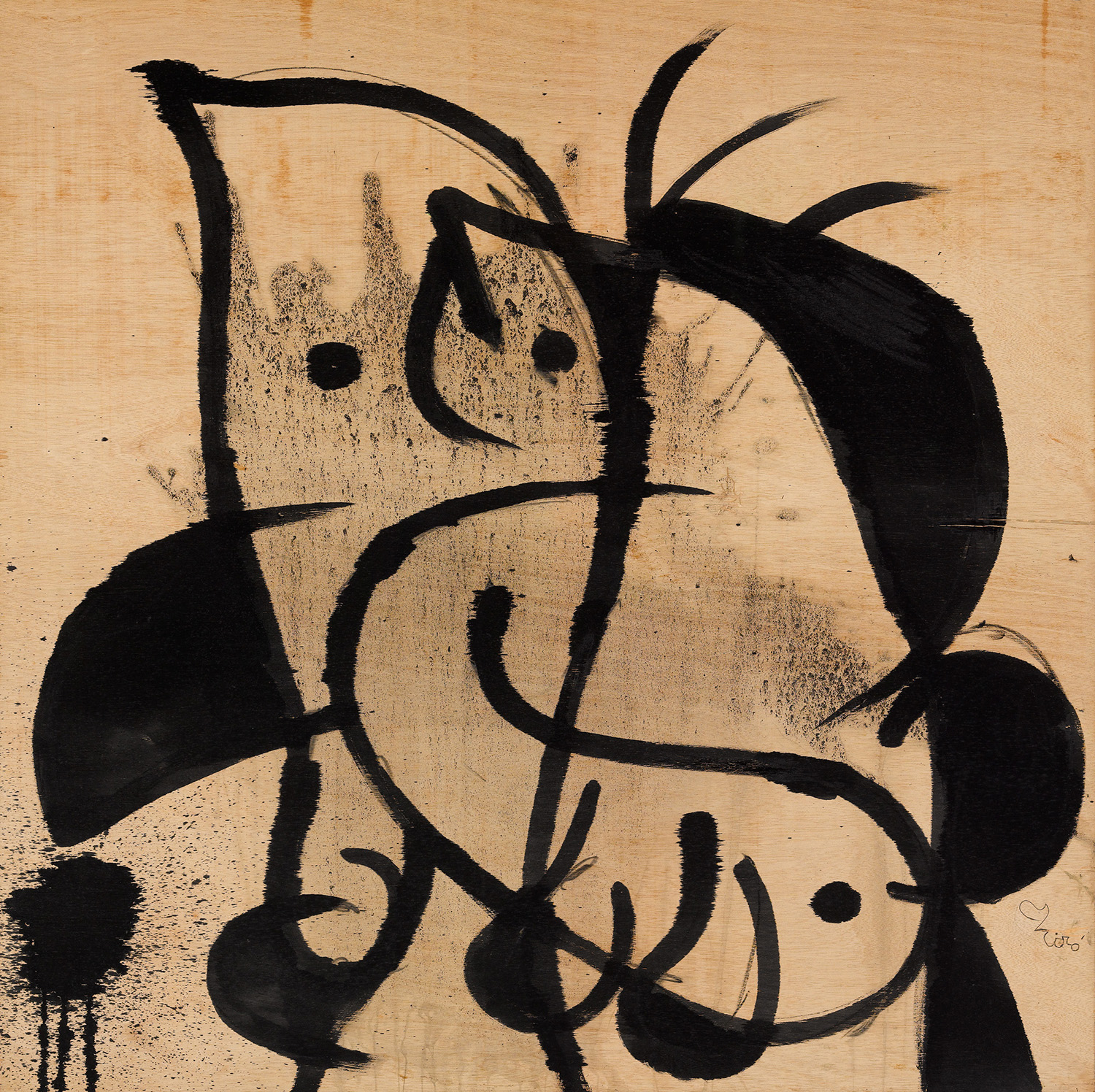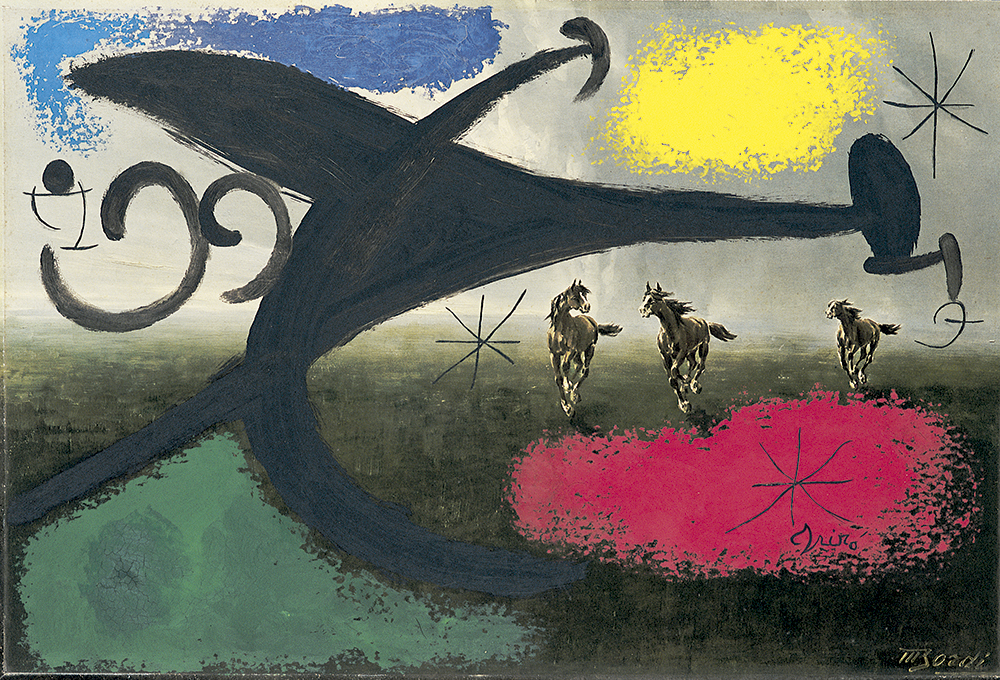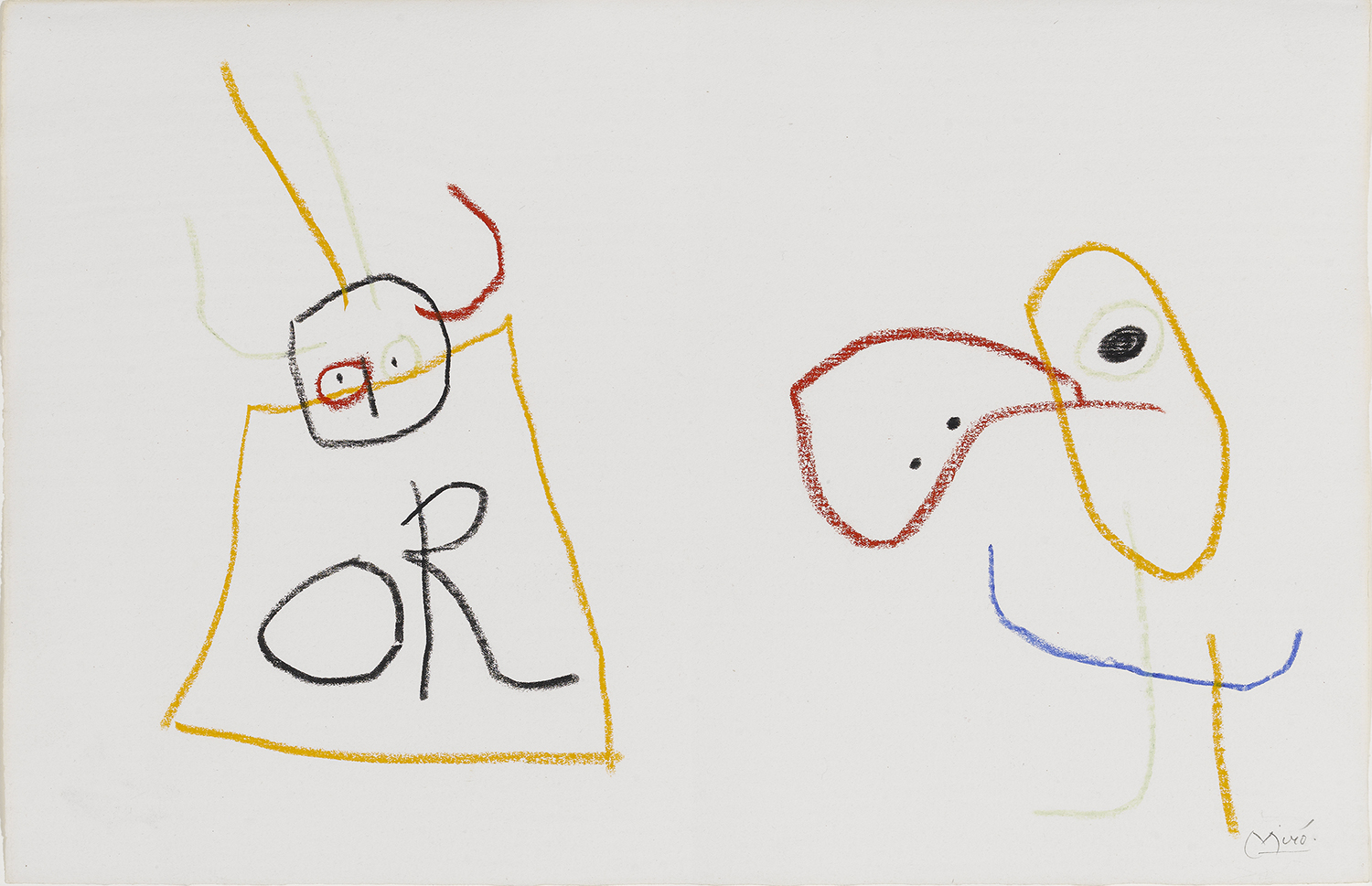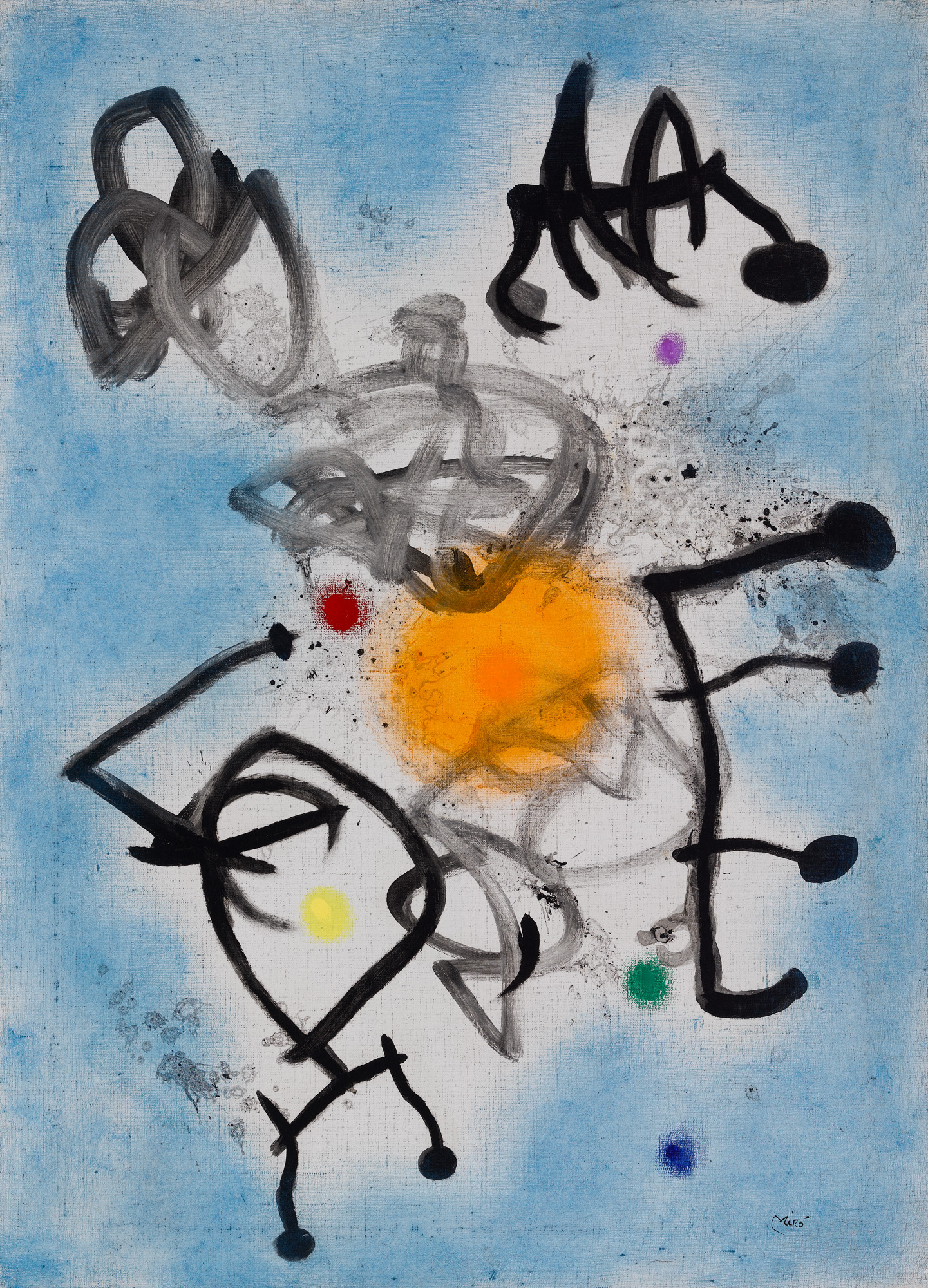This website uses cookies so that we can offer you the best possible user experience. The cookie information is stored in your browser and performs functions such as recognizing you when you return to our website or helping our team to understand which sections of the website you find most interesting and useful.

Le Chien d'Ubu
Date: ca. 1977
Technique: Paint, fabric and diverse materials
Dimensions: 184 x 80 x 22 cm
Es Baluard Museu d'Art Contemporani de Palma, Govern de les Illes Balears collection long-term loan
Reg. no.: 760
Entry date: 2012
Not on display
After he arrived in Paris in the 1920s, Miró came into contact with the work and personality of the French poet, playwright and visual artist Alfred Jarry, and in particular with his theatrical work Ubu roi, which premiered in Paris in 1896, opening up the doors to the theatre of the avant-garde and the absurd. The main characters in this burlesque farce in which Jarry lashes out against authority and abuse of power, are Père Ubu, a grotesque, vulgar and cynical bloodthirsty tyrant, and his companion Mère Ubu, followed by a court of ridiculous characters.
This attraction towards the figure of Ubú continued in subsequent years, specifically until the latter period of his career. In late 1975 Joan Baixas, director of the group Teatre de la Claca, collaborated with Miró on the gestation of the theatre production Mori el Merma, the premiere of which took place in Palma’s Teatre Principal on 7th March 1978, and 7th June of that same year, it was premiered in the Gran Teatre del Liceu in Barcelona.
Le Chien d’Ubú and El abanderado are two of the characters created for the mise-en-scène of Mori el Merma, a piece without dialogue that takes its name from a Catalan tradition according to which the grotesque big-headed carnival figure which opened the Corpus Christi procession was hounded by children who would cry “Mori el Merma” (Death to the Merma). The Merma as a ridiculous character, like Ubú in A. Jarry’s work, represents Franco, turning the play into a metaphor for Franco’s dictatorship. We should not forget that this work began to be incubated in late 1975, shortly after the death of the dictator.
To maker these life-size creations they used light materials which allowed the actors to move around the stage; to do so, they employed foam rubber, celastic, wire and cane, covering the whole thing with white cotton fabric so that it would become impregnated with the paint applied by the Catalan genius. For the creation of the figures, of which there were over a dozen, including El abanderado and Le Chien d’Ubú, on a formal level they were based on previous works by Miró, specifically L’enfance d’Ubú and Ubu aux Baléars, and they were characterised by a wealth of colour which was controlled to achieve the proper lighting. In the case of Le Chien d’Ubú, Miró devised the character in such a way that when it was turned around, it became a different figure. El abanderado meanwhile is a richer figure in terms of elements, the nosegay it has along with the flag on which Miró traces the number three, a digit that refers to Miró’s interest in symbolism, and which we see again in his sketches and notes related to the theatrical production.
S.H.
See all the artworks
